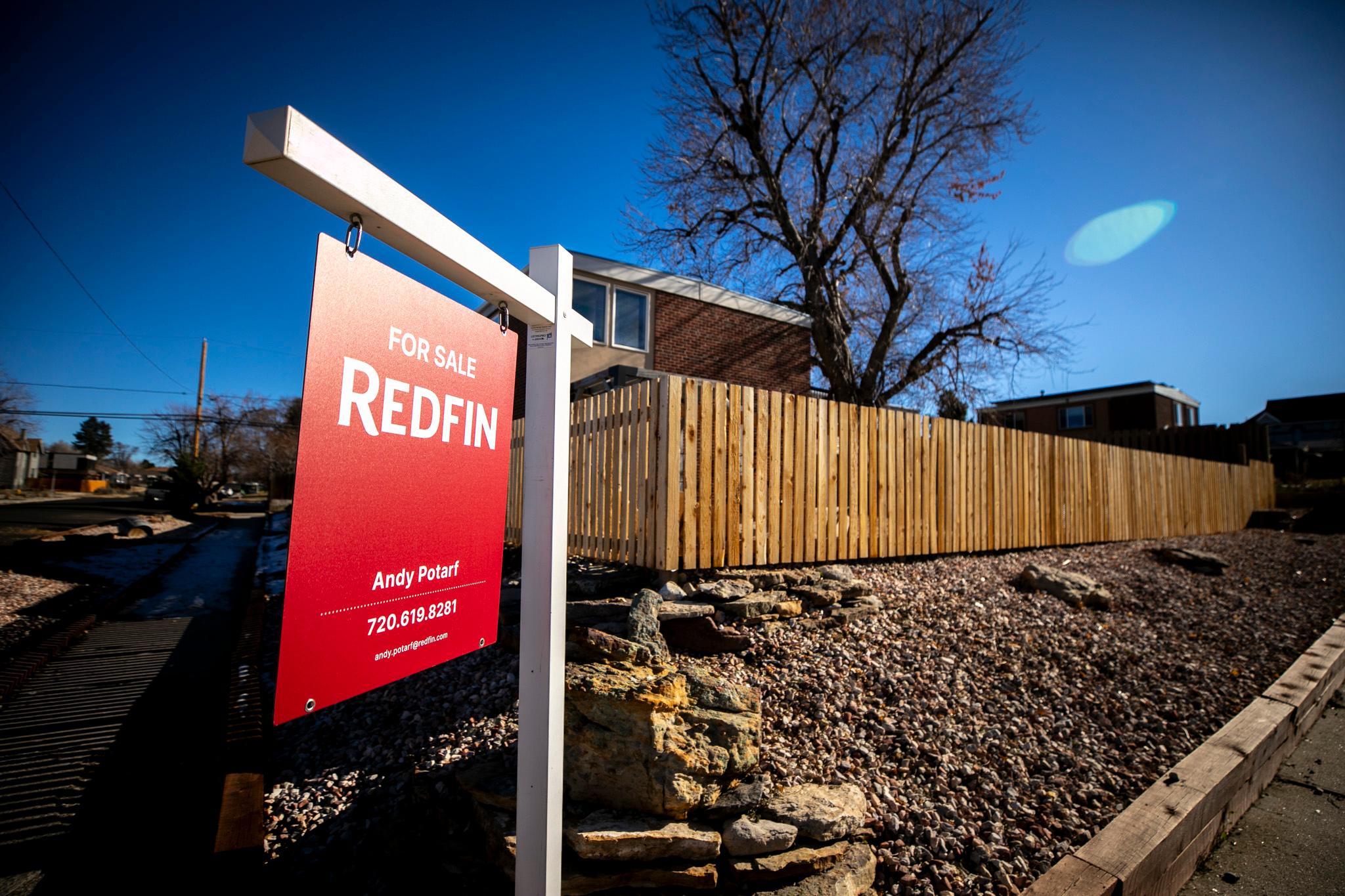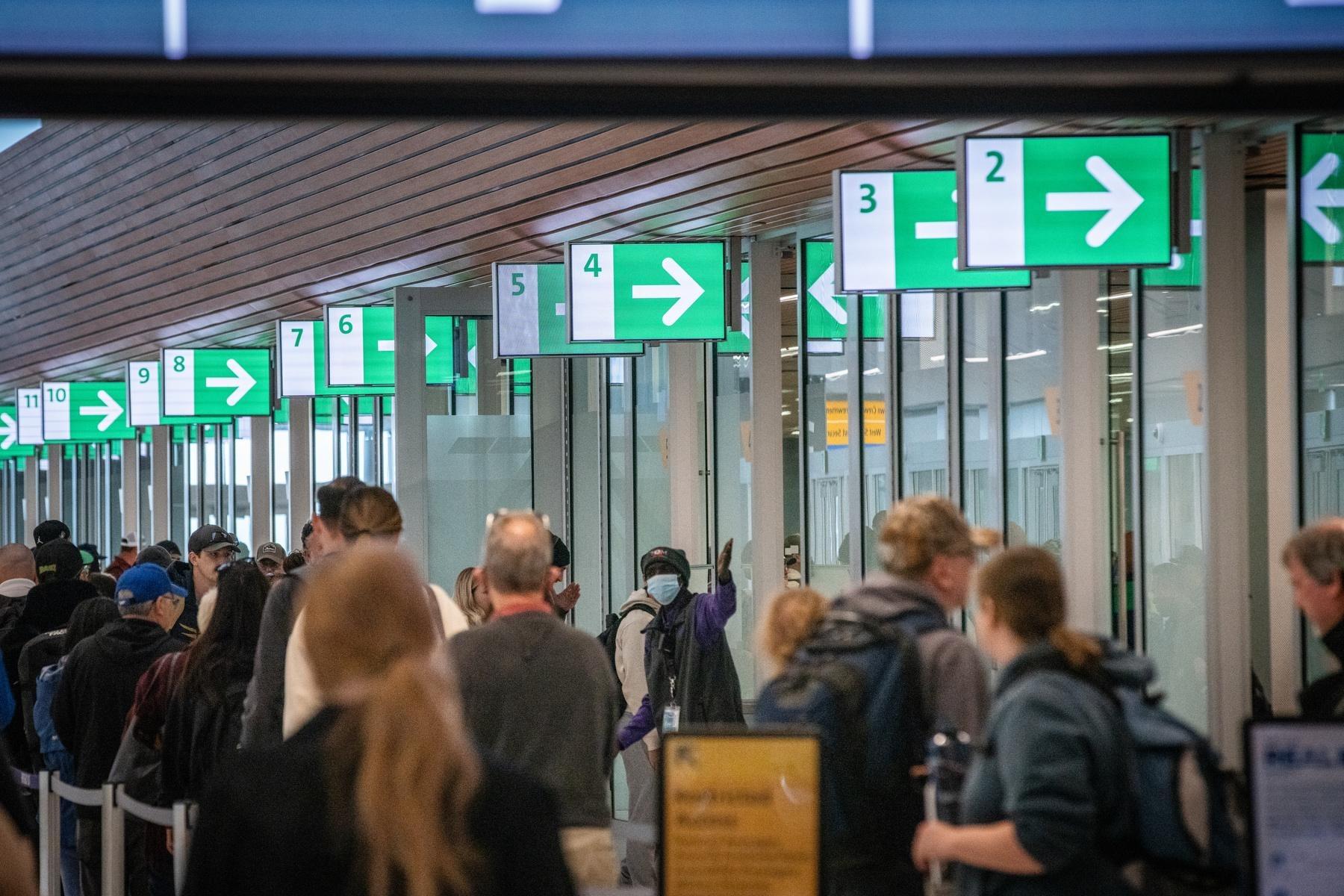Homebuyers around the Denver metro have a lot more options lately.
At the end of March, there were nearly 10,000 houses and attached residences up for sale in the 11-county area. That’s a significant jump from the same time last year, when fewer than 6,000 were listed.
That’s according to the latest report from the Denver Metro Association of Realtors.
If the trend continues, this summer — when home listings typically spike — could see more homes on the market simultaneously than at any time since 2012, when Denver was still feeling the aftershocks of the Great Recession.
In one sense, that’s good news for buyers.
More houses on the market means buyers have more time to tour and make offers. Homes sat on the market for a median of 18 days last month, while they were snapped up in a matter of days during the post-pandemic buying frenzy.
Sales took even longer during this past winter's slow season, when the typical home sat on the market for 40 days, representing some of the slowest sales in more than a decade.
Overall, it’s a big change from the frenzy of years like 2018 or 2021, when many homes sold in under a week.
But one thing still won’t budge: prices.
“We've had price stagnation. So we haven't seen a drastic price reduction, necessarily, but we haven't seen prices grow,” said Amanda Snitker, the market trends committee chair for DMAR and a Realtor with Coldwell Banker Global Luxury.
For single-family homes, sales prices grew about 2.7 percent from a year ago, to a median of $660,000. That’s close to the peak that the market set in 2022.

The market is moving slowly.
If there are a lot of homes on the market, you might assume that lots of homeowners are interested in selling. But that's not the case.
The data shows that homeowners have been hesitant to jump into the market, too. The number of people listing homes for sale has been relatively low in recent years.
So, while buyers may have lots of options to tour, Snitker explained, they might be “the same ones you saw last week.”
The number of monthly sales has been stuck at low levels in recent years, peaking at just over 4,000 per month last year — compared to nearly 6,000 pre-pandemic.
“We may feel like we have a lot of [interested] buyers, but there's not a lot of buyers taking action, or in a position to take action,” Snitker said.
High interest rates and unmoving prices are holding people back, she said.
But there are signs of movement.
The rate of new listings and sales is starting to pick up, compared to the past few yea. And even if prices aren’t going down for single-family homes, buyers can still get other perks from a slow market.
“You have the opportunity to see the property multiple times. You have an opportunity to negotiate in a way with the seller that wasn't possible a couple of years ago,” Snitker said.
Buyers now have more leverage to ask for repairs and upgrades, such as a new boiler or furnace, that sellers wouldn’t have agreed to a few years ago.
The condo market is a different story.
While single-family homes are still gaining in price, the market for condos and townhomes is sliding.
For example, attached home prices in the city of Denver peaked near $450,000 in 2022. They’re now down to almost $400,000, DMAR data shows.

Across the entire metro market, condo prices have fallen about 6 percent to a median of $389,000, compared to a year ago. Snitker blames the change on rising insurance bills and other costs.
“It might be a $300,000 or $400,000 condo, but the HOA dues are $600 a month,” Snitker said.
“It’s a really impactful additional cost that has grown significantly over the last couple years,” she added — especially for the first-time buyers who often are interested in condos.
What happens next?
Snitker sees a couple possibilities.
First, she’s hoping for some relief on interest rates. She doubts 3 percent mortgages are coming back any time soon, unless the economy goes haywire. But even a smaller drop could ease costs and get buyers buying again.
Lower interest rates could also convince more homeowners to sell, since their new mortgage wouldn't be so expensive.
But especially if that doesn’t happen, something else might have to give: asking prices.
“I think if sellers really want to sell, they're going to have to be a little bit more realistic about their listing price,” Snitker said. “Buyers are very well educated. You know, we have so much data available now to agents and the public that [sellers with high prices] are not fooling anyone.”
The DMAR report covers Denver, Broomfield, Adams, Boulder, Jefferson, Gilpin, Clear Creek, Park Arapahoe, Douglas and Elbert counties.













